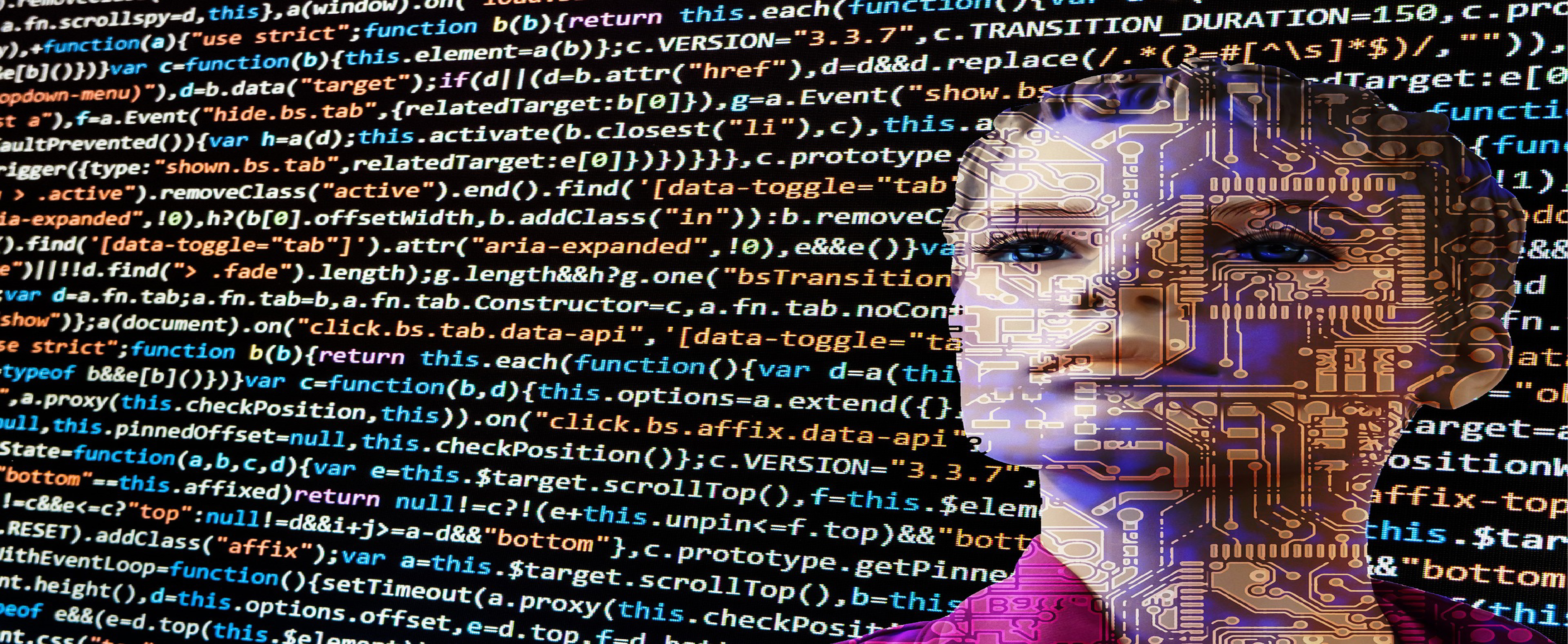
We may soon see a future where robots, not humans, collect our payments.
Just last July, Citigroup announced its partnership with FinTech company HighRadius to roll out a robotic feature that helps businesses collect payments from customers. The robot in question is actually artificial intelligence (AI) and machine learning technology applied to the payment collecting process. It aims to automate the otherwise time-consuming task of matching payments to open invoices, which has grown difficult for workers because of the multiple channels they deal with in an ever-growing online world — from over-the-counter payments to online payment gateways. This new feature further improves Citi’s offerings in Treasury and Trade Solutions, which cater to thousands of organizations across nearly 100 countries.
Citi is not the first business to recognize the exciting potentials of this technology in payments and commerce. Earlier in January, the very first AI-powered Amazon Go grocery store opened in Seattle, Washington. The establishment is unique in that it doesn’t have any cashiers or self-checkout machines. Instead, after a mandatory QR code scan at the entrance, the Amazon Go app tracks each item a customer picks up around the store, and then charges the purchases to the customer’s Amazon account. This futuristic shop combines AI with camera technology, letting algorithms monitor various camera feeds and identify who picks what.
AI applications in payment collection have many exciting benefits. Telrock once discussed four major ways smart software improves collection, namely increased automation capabilities, better controls, greater ease of use, and more streamlined processes. Smart components in the AI systems described above are able to achieve a higher level of proficiency and productivity than manual labor. Not only do these systems create better customer experiences, they are also able to free up employee time that can be devoted to other, more fulfilling work.
In fact, payment collection is just one of the functions that developers and organizations are currently exploring with AI. The technology is already taking over various other processes. For instance, some AI applications are now in charge of telemarketing, bookkeeping, and proofreading tasks. These human jobs may be rendered obsolete by these technologies, but experts believe that it’s only a matter of defining new jobs, in which humans can work in tandem with robots. Besides, newer technologies have already taken over the modern world. On their computer science page, Maryville University highlights just how omnipresent computers have become in our everyday lives — from our workplaces to our homes, our schools to our roads. As the technology moves ever forward, we can only expect even more tech-driven solutions that will make our lives easier.
It’s important to consider other industries where robots are poised to shine. Automakers are currently developing driverless technology, which aims to automate vehicle navigation without any assistance from a human driver. If the AI is perfected, we may see its application in the ride-sharing business, commercial trucking, and perhaps even air navigation.
On a related note, City Lab also reported on Volvo’s experiment with robot garbage collectors, which was created in collaboration with student researchers from Sweden. The project employs a truck that comes with a wheeled robot and a drone. The drone’s job is to evaluate the state of trashcans using GPS, cameras, motion sensors, and lasers that measure distance. It then signals the robot to fetch the trash container and dump the contents into the truck. The experiment was only intended to test new concepts that may well shape the future of transportation and public services.
All in all, Gartner predicts that AI’s business value will reach $3.9 trillion in the next five years. The primary source of this growth will be in customer experience, in the form of tools like virtual agents or robot payment collectors. In the future, the firm estimates that the most common use for AI will be in data science and algorithm-based applications.
Perhaps the robot-inhabited worlds presented in films like Blade Runner and Her are no longer far from becoming a reality.




